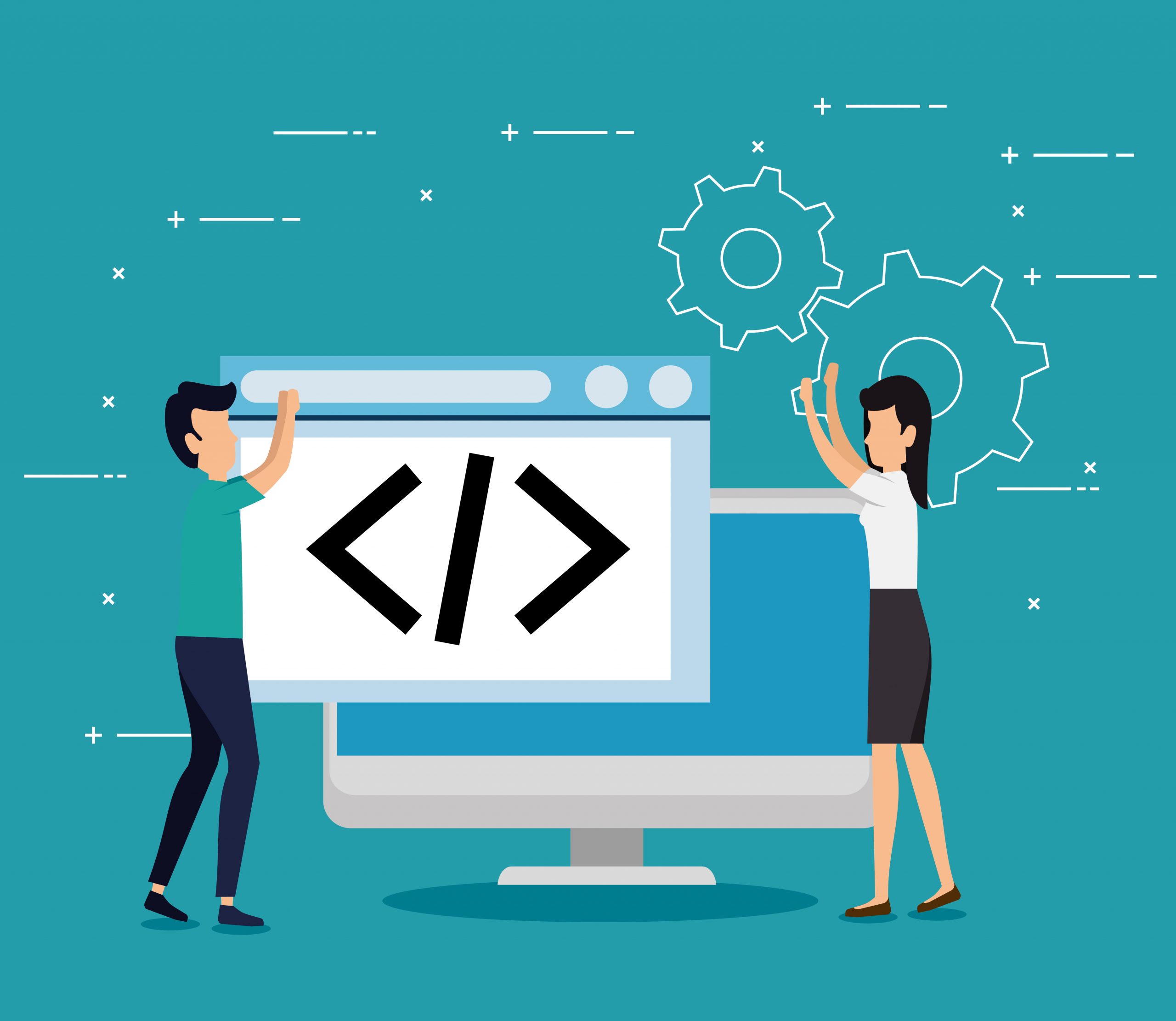In today’s fast-paced business world, data analytics in human resources is causing a revolution in how organizations manage their most valuable asset: people. HR professionals are now harnessing the power of data to make smarter decisions, boost employee engagement, and drive organizational performance. This shift towards data-driven HR practices is reshaping the landscape of talent management, offering unprecedented insights into workforce dynamics and enabling companies to stay ahead in the competitive market.
The application of data analytics in HR has an impact on various aspects of people management. From refining recruitment strategies and enhancing employee satisfaction to optimizing workforce planning and identifying skill gaps, the possibilities are vast. Predictive analytics is empowering HR teams to anticipate future talent needs, while performance management systems are evolving to provide real-time feedback. As we delve into the world of HR analytics, we’ll explore how this technology is transforming talent acquisition, boosting employee productivity, and shaping the future of work.
Transforming talent acquisition and retention
Predictive hiring analytics
In today’s competitive job market, organizations are turning to predictive analytics to revolutionize their recruitment processes. This technology uses smart algorithms to analyze past data and predict future hiring trends and candidate success. Companies leveraging predictive analysis are 2.7 times more likely to enhance their hiring process 1. By examining historical information, businesses can identify hidden patterns that lead to successful hires, enabling them to build a talented workforce that aligns perfectly with organizational needs.
Employee turnover prediction
Predictive analytics has an impact on employee retention by helping organizations anticipate and prevent turnover. By analyzing data from various sources such as exit interviews, employee surveys and performance reviews, companies can pinpoint risk factors and understand why employees leave. This approach allows management to proactively engage with at-risk employees, addressing their concerns before they become critical issues. Predictive models can consider factors like job satisfaction, engagement levels and career progression to identify employees who might be considering leaving.
Personalized retention strategies
HR analytics enables a more personalized approach to employee management. By understanding individual preferences, strengths and needs, organizations can create tailored career development plans, benefits packages, and engagement strategies. This personalized approach has a significant impact on improving employee satisfaction and reducing turnover. Predictive analytics helps HR professionals identify at-risk employees, measure their flight risk, and create more effective retention strategies. By focusing on factors such as compensation, work-life balance, and job satisfaction, companies can address issues before they lead to attrition.
Enhancing employee performance and engagement
Real-time performance tracking
Real-time performance management has revolutionized how organizations measure and improve employee productivity. This approach involves frequent, trackable communication between employees and managers about performance standards and goals. By implementing real-time tracking, companies can address performance issues promptly, ensuring business agility and helping employees set actionable goals.
To implement real-time performance tracking effectively, organizations should:
- Communicate its importance through company websites, newsletters, and meetings
- Train managers on goal management and timely feedback
- Utilize performance management software for increased visibility and transparency
Data-driven feedback and coaching
Data-driven HR strategies support organizational objectives while building a stronger company culture. By leveraging employee data, HR professionals can validate initiatives, demonstrate growth, and secure leadership buy-in for new programs. This approach enables managers to provide more targeted and effective feedback.
Key benefits of data-driven feedback include:
- Optimizing the employee journey through analytics on sentiment, onboarding succes, and recognition
- Identifying areas for improvement and tailoring development plans
- Enhancing the annual review process with comprehensive performance data
Measuring and improving engagement
Employee engagement is crucial for organizational success, with 71% of business leaders agreeing that engaged employees are essential 2. Engaged employees are more productive, innovative, and dedicated to their work, leading to higher job satisfaction and lower turnover rates.
To measure and improve engagement, organizations can:
- Conduct regular surveys to gather feedback on job satisfaction and company culture
- Implement Employee Net Promoter Score (eNPS) surveys to gage loyalty
- Analyze performance data to correlate engagement levels with productivity
- Monitor social interactions and collaboration among employees
By focusing on these areas, companies can create a more engaged workforce, leading to improved customer experience, increased innovation, and higher profits.
Optimizing workforce planning and development
Skills Gap analysis
Organizations are increasingly turning to skills gap analysis to assess the difference between their workforce’s current capabilities and the skills needed to meet future business demands. This process helps identify both hard and soft skills that employees lack, such as analytics, digital communication and critical thinking. HR teams, along with team leaders and external consultants, conduct these analyzes to prepare for upcoming changes like new projects or technology updates.
To perform a skills gap analysis effectively, organizations should:
- Define the scope and identify needed skills
- Collect and analyze data on current tasks and required skills
- Assess the importance of these tasks
Regular reviews of skills gaps enable companies to address issues before they significantly impact business performance and competitiveness.


Succession planning
Only 35% of organizations have a formalized succession planning process, which can be risky if key roles are unexpectedly vacated 4. Effective succession planning involves identifying critical positions and potential successors, conducting structured talent reviews, and facilitating career pathing.
Analytics can help evaluate the strength of succession plans by assessing:
- Pipeline coverage for key positions
- Readiness progression of talent
- Diversity of the succession pipeline
Organizations can measure the effectiveness of their succession planning by tracking metrics such as the percentage of critical roles filled internally and the turnover rate of high-potential employees.
Personalized learning and development
HR analytics enables organizations to create more effective learning experiences by identifying skill gaps and aligning training programs with business needs. By analyzing data from performance reviews, employee surveys, and job requirements, companies can develop targeted training initiatives.
For example, Google uses data analytics to pinpoint areas where additional training is needed, leading to a more skilled and productive workforce. Similarly, IBM utilizes predictive analytics to anticipate future skill needs and implement proactive training programs.
To optimize training programs, organizations can:
- Analyze the effectiveness of existing initiatives
- Collect feedback from employees
- Track progress to gain insights into what works best
By leveraging data analytics, companies can create personalized development plans tailored to individual employee needs, enhancing retention and overall satisfaction.
Conclusion
The integration of data analytics in HR practices is causing a revolution in people management, offering businesses powerful tools to enhance their workforce strategies. From improving talent acquisition and retention to boosting employee performance and engagement, HR analytics has a significant influence on various aspects of human resource management. This data-driven approach enables organizations to make smarter decisions, anticipate future needs, and create more personalized strategies for their employees.
As companies continue to harness the power of HR analytics, the future of work is set to become more efficient and employee-centric. The ability to analyze workforce data allows businesses to optimize their planning and development processes, addressing skills gaps and preparing for succession more effectively. By leveraging these insights, organizations can create a more engaged, productive, and satisfied workforce, ultimately leading to improved business outcomes and a competitive edge in the market.
[1] - https://glider.ai/blog/how-does-predictive-analytics-redefine-talent-acquisition/
[2] - https://www.activtrak.com/solutions/employee-engagement/metrics/
[3] - https://www.linkedin.com/pulse/how-measure-employee-engagement-7-key-metrics-strategies
[4] - https://www.visier.com/blog/how-to-avoid-talent-gaps-with-data-driven-succession-planning/



